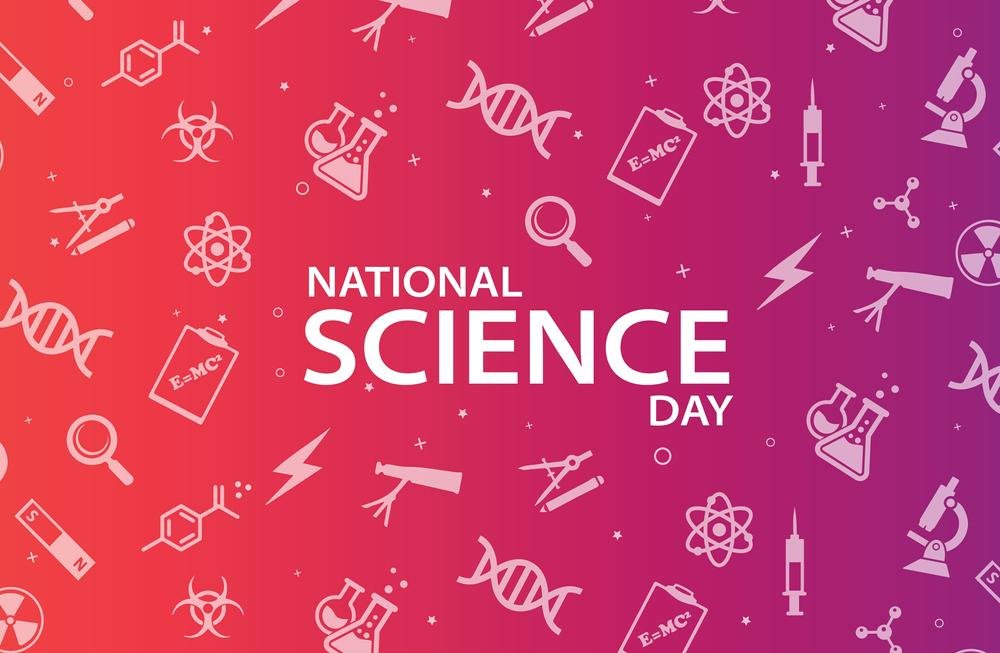
National Science Day
National Science Day is celebrated every year on 28 February. On February 28, 1928, the scientist CV Raman invented the Raman effect. Let us study through this article how National Science Day is celebrated, what is the theme of this year, etc. Science is very important in our life. Many great scientists were born in India and made India recognize in the field of science and also made a different place for itself. National Science Day is celebrated in India every year on 28 February in memory of such a scientist.
Why is National Science Day celebrated only on 28 February?
On the day of 28 February, the great scientist of our country, C.V. A discovery was made by Raman. He made this discovery in Kolkata. CV Raman was awarded the Nobel Prize in the field of physics in 1930 for this discovery and he was the first Asian to receive it. His invention is known as ‘Raman Effect’ in his name. In 1986, the National Council for Science and Technology Communication (NCSTC) asked the Government of India to nominate 28 February as National Science Day. The Indian government accepted and declared 1986 as National Science Day. Thus, the first National Science Day was celebrated on 28 February 1987. That is why in memory of this contribution of Sir CV Raman, every year since 1987, 28 February was celebrated as National Science Day in India.
The theme for National Science Day 2021 is ‘Future of STI: Impact on Education Skills and Work’.
What is the purpose of celebrating National Science Day?
The main purpose of celebrating this day is to create awareness among people about science. Along with this, children have to be encouraged to choose science as their career. Because it cannot be ignored that children are the future of India and thus by choosing science, our coming generation will be able to contribute in the science field and the country will progress. It is also its important objective to make the general public aware of science and scientific achievements.
How did CV Raman discover the ‘Raman effect’?
In the 1920s, when Raman was returning to India by ship, he saw a unique blue and milk-like white colour in the waters of the Mediterranean Sea, reaching Kolkata, he started a regular study of the scattering of light in earthly objects. After seven years of study, his discovery became famous with ‘Raman Effect’. Sir C.V. This discovery was announced by Raman on 28, February 1928. What is the ‘Raman Effect’? Raman scattering or the Raman effect is about the flexible distribution of photon particles. According to Raman effect, the nature and nature of light changes when it comes out through a transparent medium. This medium can be anything solid, fluid and gaseous. This phenomenon occurs when the molecules of the medium disperse or disperse the particles of light energy. The Raman effect is also important for understanding the internal structure of chemical compounds.
How is National Science Day celebrated?
On this day, programs related to various scientific activities are organized in all science institutes, such as national and other science laboratories, science academies, education institutes and training institutes. Several government and non-governmental organizations, including the Department of Science and Technology, organize special programs on Science Day.
Every year on the occasion of this day, a grand program is also organized by the Ministry of Science and Technology in New Delhi. In this program, awards are given at the national level for special contributions to popularize science. Apart from this, lectures on the popular subject of the science of a distinguished scientist are also organized.
On this day, many types of programs, science projects, competitions are organized by children in schools and colleges. Children are also given information about science so that they can make a career in it. Here, let us tell you that World Science Day for Peace and Development is also celebrated on 10th November.
You may also like

Why You Should Choose NFCI Franchise in India 2023?

Why Choose NFCI Mandi for Hotel Management in Mandi?


